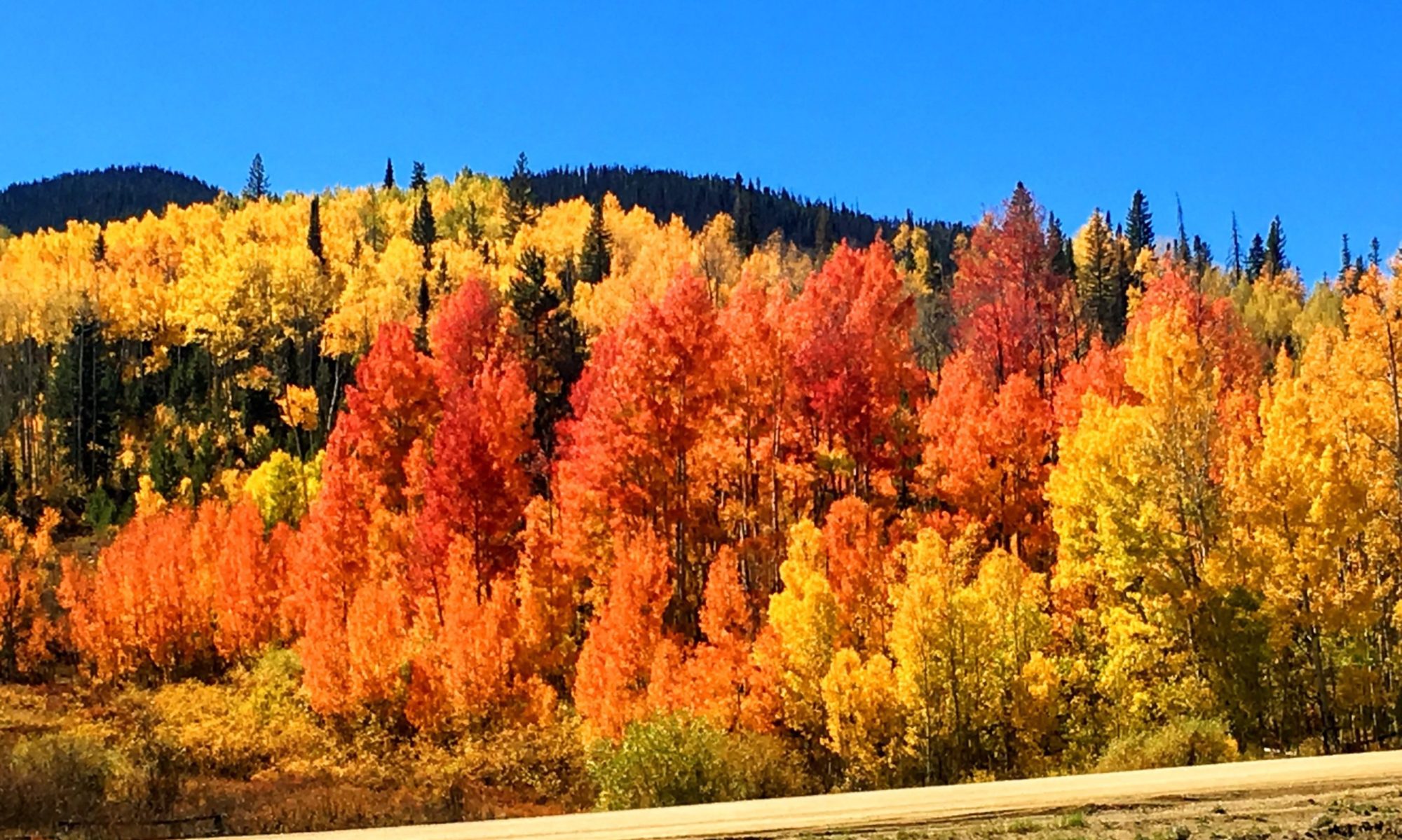Aspen, Colorado is known today as a luxury ski destination, but its history goes back much further than the first ski lift being built in 1946. Here’s a brief overview of how Aspen became the thriving town it is today:
The Ute Indians were the first known inhabitants of the Aspen area, and they lived in the region for hundreds of years before the arrival of European settlers. In the late 1800s, the town was founded during a silver boom, and at the height of the boom, the population reached nearly 10,000 people.
During this time, Aspen became known as a fashionable and sophisticated destination, with a number of grand hotels and mansions being built to accommodate the wealthy visitors who came to town. The silver boom eventually came to an end, and as the price of silver dropped, the population of Aspen began to decline.
In the 1930s, Aspen began to reinvent itself as a ski destination, with the first ski lift being built in 1946. Today, Aspen is home to four ski resorts: Aspen Mountain, Aspen Highlands, Buttermilk, and Snowmass.
In the years since its inception as a ski town, Aspen has continued to evolve and grow. It is now known as a luxury destination, with a number of high-end resorts and restaurants, as well as a thriving arts scene and a number of annual events, including the Food & Wine Classic and the Aspen Comedy Festival.
Despite its transformation into a luxury destination, Aspen has remained committed to sustainability, with a number of eco-friendly initiatives in place. It is this combination of luxury and environmental consciousness that makes Aspen the unique and thriving town it is today.
